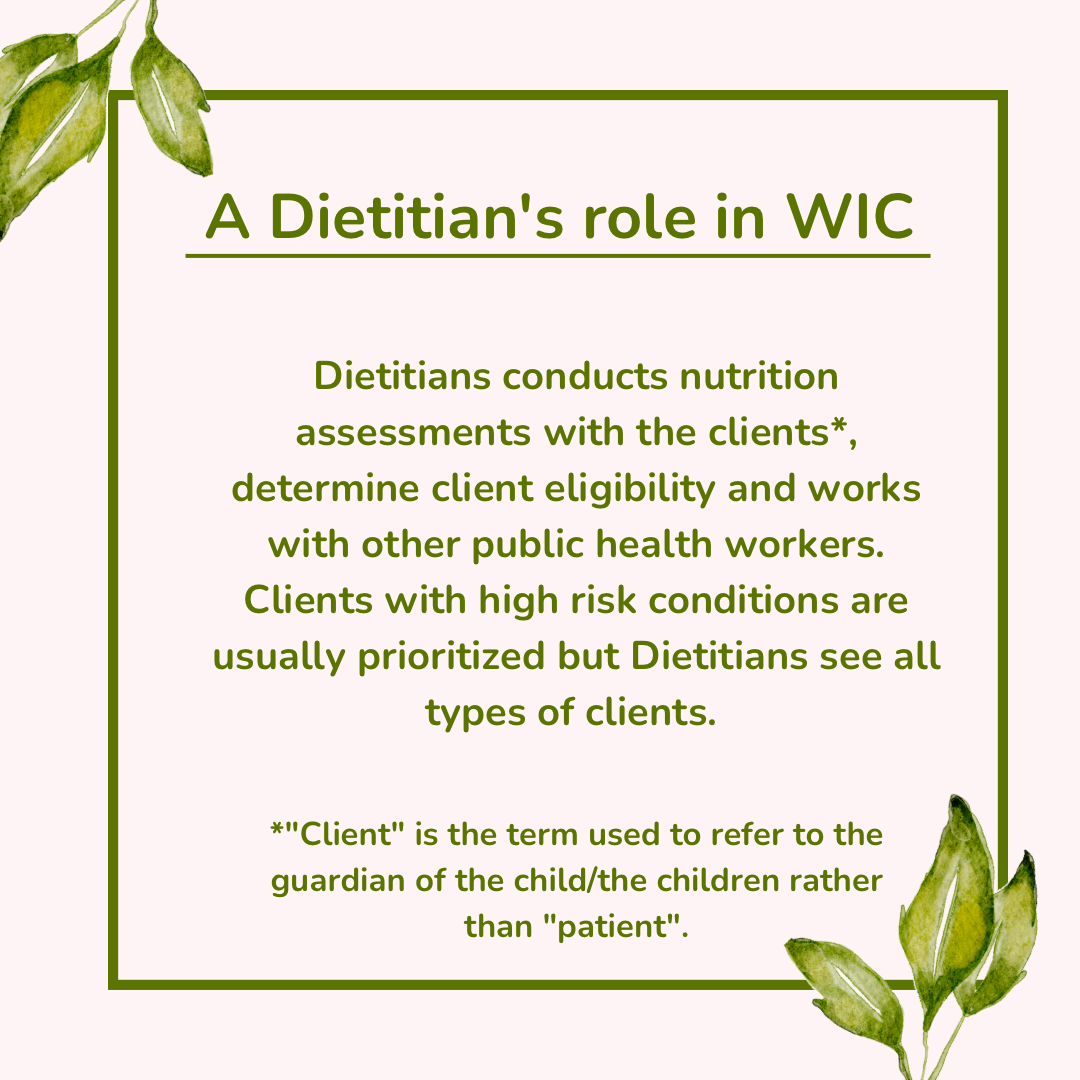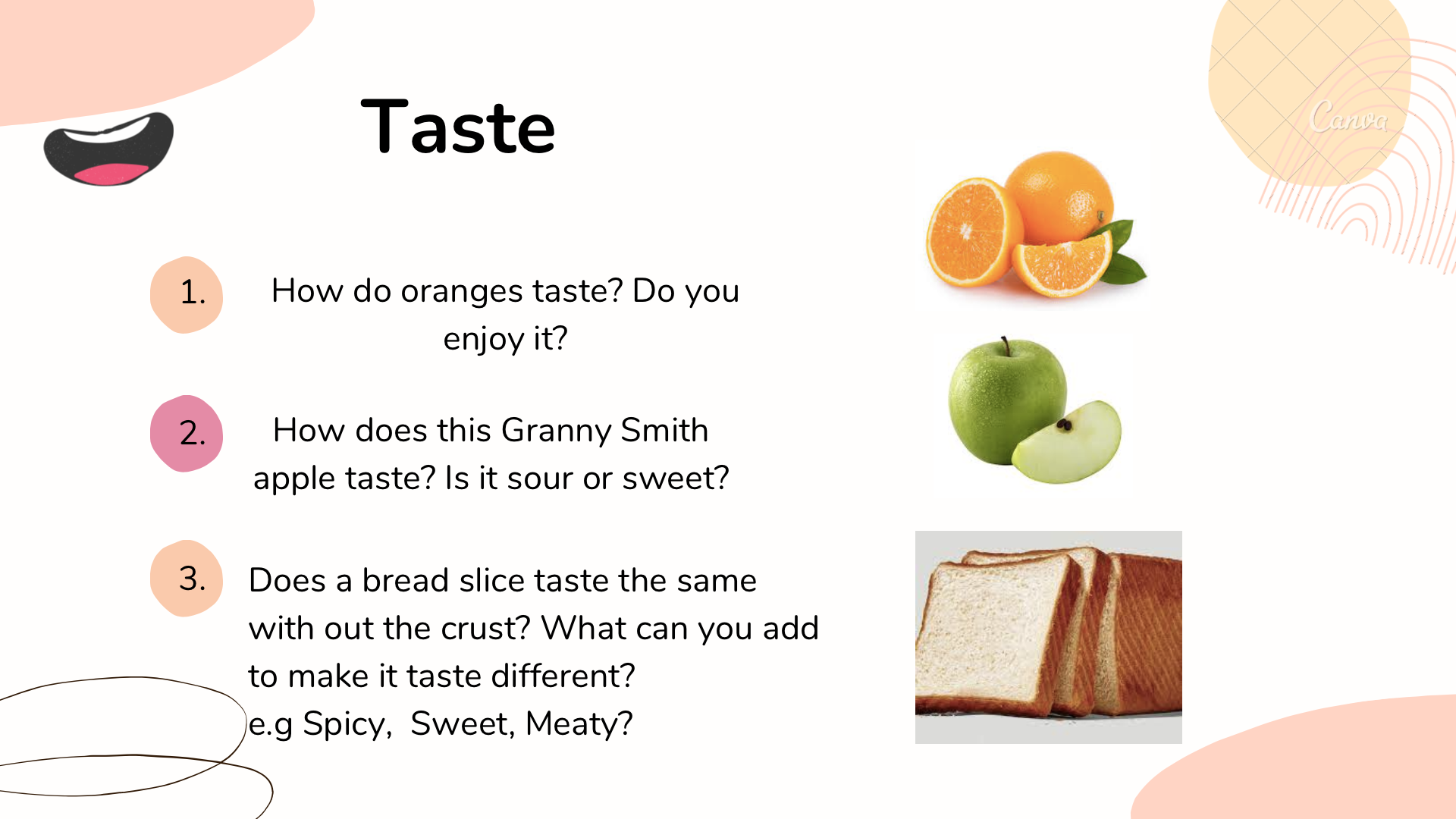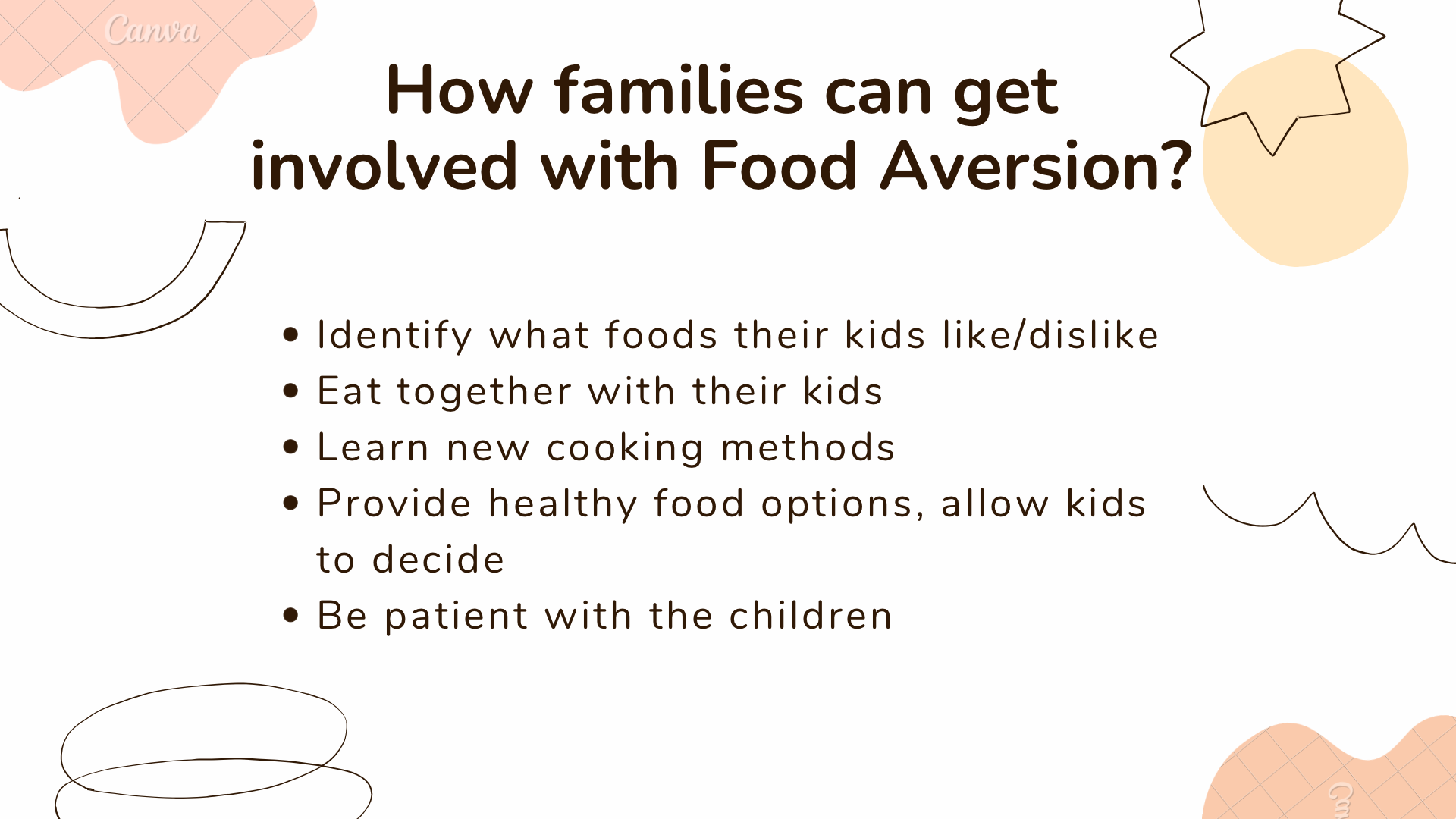Dietetic Intern
Internship Overview
As a Dietetic intern, I participated in a comprehensive program that involved accruing supervised hours and engaging in graduate-level coursework. This experience encompassed diverse settings, including community, foodservice, and clinical rotations.In my community placement, I collaborated with a non-profit organization addressing the needs of the adolescent homeless population. Concurrently, I contributed to a Women, Infants, and Children (WIC) center.
At the non-profit, I actively assisted in pantry operations and supported kitchen activities, playing a role in the preparation of meals for adolescents. Simultaneously, my time at the WIC center involved observational learning, shadowing experienced Dietitians to gain insights into effective client interactions.
During the foodservice rotation at a hospital, I had the opportunity to shadow the Nutrition Coordinator. This exposure allowed me to understand the operational intricacies of the hospital's call center, actively participate in meetings, and collaborate with Dietary Aides responsible for patient meal distribution. Immersing myself in the workings of a hospital food system provided a valuable perspective on its overall functioning.
I also had a couple weeks of experience working as an intern for Registered Dietitians in a hospital for several weeks. During this time I had to learn to navigate the various hospital units and charting in electronic health systems.
Eat The Rainbow
This pamphlet has been created to elucidate the "Eating the Rainbow" concept, created during my internship at a pantry.
This dietary principle encourages individuals to diversify their meals by incorporating a spectrum of colorful foods, thereby enhancing nutritional richness.
Furthermore, the pamphlet expounds upon the potential health benefits associated with the consumption of foods spanning various hues.
What is WIC?
During my time as a dietetic intern at WIC, I undertook the role of shadowing WIC Dietitians to closely observe and comprehend their interactions with WIC clients. Despite having acquired knowledge of WIC during my collegiate education, active engagement and hands-on experience afforded me a deeper understanding of its multifaceted aspects. In light of this enriched perspective, I have endeavored to create an infographic with the intention of aiding others in gaining a more comprehensive comprehension of the resources provided by WIC.
Food Aversions
The primary project assigned to my colleague and me involved the creation of a presentation on the subject of Food Aversions. Food Aversions refer to a particular disfavor towards specific foods or textures that infants and toddlers may develop. Within this presentation, we delved into the examination of normal eating behaviors, identification of common indicators of food aversions, presentation of case studies, and an elucidation of the Food Wheel.The Food Wheel, a pivotal component of our presentation, serves as a practical tool for navigating food aversions in infants and toddlers. Grounded in the utilization of the five senses, this tool facilitates the observation of food acceptance and rejection by the aforementioned demographic. Furthermore, a comprehensive rating scale is incorporated to assess the degree of preference exhibited towards various foods.



















